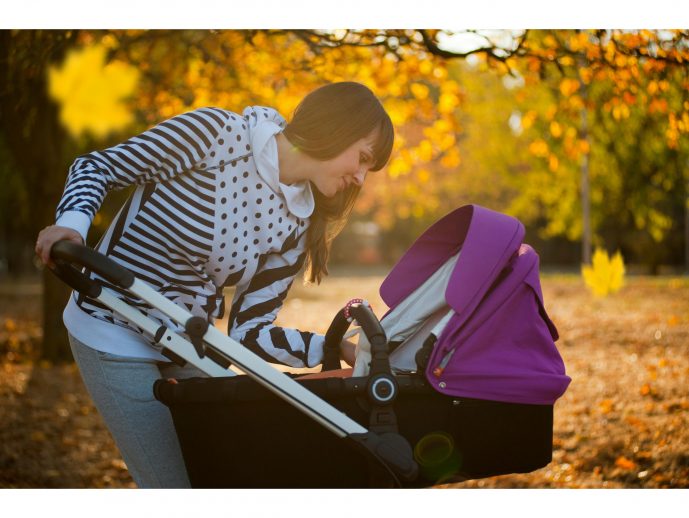Categories more
- Adventures (17)
- Arts / Collectables (15)
- Automotive (37)
- Aviation (11)
- Bath, Body, & Health (77)
- Children (6)
- Cigars / Spirits (32)
- Cuisine (16)
- Design/Architecture (22)
- Electronics (13)
- Entertainment (4)
- Event Planning (5)
- Fashion (46)
- Finance (9)
- Gifts / Misc (6)
- Home Decor (45)
- Jewelry (41)
- Pets (3)
- Philanthropy (1)
- Real Estate (16)
- Services (23)
- Sports / Golf (14)
- Vacation / Travel (60)
- Watches / Pens (15)
- Wines / Vines (24)
- Yachting / Boating (17)
Can One Baby Stroller Handle Every Growth Stage?
Published
06/30/2025Parents face countless equipment decisions throughout their child's development journey. The sheer volume of required gear, from newborn essentials to toddler necessities, can overwhelm even the most organized families. Many wonder if investing in multiple specialized products makes financial sense or if adaptable solutions exist. Finding one stroller that grows with a child has become increasingly important for modern parents.
Brands like Orbit Baby show how thoughtful engineering can meet the needs of children through various developmental stages using one adaptable system. These adaptable strollers feature modular designs that transform alongside growing children from infancy through toddlerhood. Pediatric specialists increasingly recommend equipment that adapts rather than requiring constant replacement. Let's explore the practical benefits and limitations of all-in-one stroller systems that promise to handle every growth stage effectively.
Newborn to Infant Adaptability
Multi-stage strollers accommodate newborns through specialized infant car seat compatibility and bassinet attachments. Quality adaptive systems come standard with flat-lying positions essential for proper spinal development. Safety harness configurations adjust to accommodate tiny bodies while maintaining proper support and protection. Luxury manufacturers focus on premium materials that provide superior comfort during the earliest developmental months. Weight distribution systems in adaptive strollers account for the minimal mass of newborns while maintaining stability.
Toddler Growth Transition Features
The transition from infant to mobile toddler presents unique challenges that adaptive strollers address through modular components. Height-adjustable seating accommodates rapid growth spurts without compromising comfort or safety. Weight capacity increases allow the same frame to support children through their second and third years. Ergonomic assessments guide the design of these transitional features to promote healthy development. Harness systems evolve from five-point configurations to three-point systems as children develop better core strength. Footrest adjustments accommodate lengthening legs while maintaining proper circulation and comfort.
Weight and Size Considerations
Adaptive strollers must balance durability with maneuverability as they accommodate growing children. Engineering challenges include maintaining lightweight frames while supporting increased weight capacities over time. Rigorous testing ensures that structural integrity remains consistent throughout all configuration changes. The physics of stroller design becomes more complex when accommodating such varied load requirements. Frame materials like aircraft-grade aluminum provide strength without excessive weight penalties. Specialized retailers evaluate bearing systems and suspension components for long-term reliability.
Convertible Models Can Bridge the Gap
Some strollers are designed to grow with your child from newborn through toddler years and even beyond. These models often begin as a bassinet and then convert into a full-sized upright toddler seat. Many also support add-ons like car seat adapters, sibling seats, snack trays, or riding boards. This flexibility allows parents to accommodate changing needs without buying a new stroller. Although the upfront price is usually higher, it can prevent the need for multiple purchases later. For families with long-term plans or multiple children, convertible strollers offer lasting value, convenience, and space-saving practicality.
When properly engineered and expertly designed, single adaptive strollers from companies like Orbit Baby can handle most growth stages. The key lies in choosing systems with genuine adaptability rather than marketing claims about versatility. Specialized retailers offer detailed evaluation services to help determine if adaptive systems provide the best solution. Modern engineering makes it possible for one quality stroller to successfully serve families from birth through toddlerhood.















